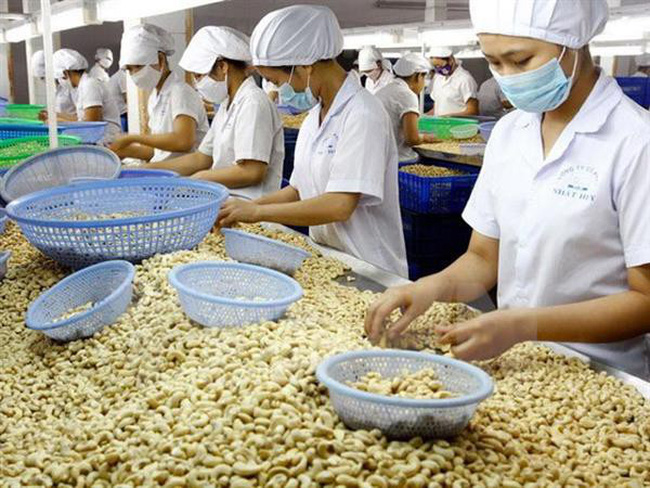HCMC – Numerous Vietnamese business sectors have had to revise their export targets due to a consumer spending fall and an inventory buildup in importing countries.
A latest report by the Ministry of Agriculture and Rural Development showed that in the first seven months of this year, export revenue from agro-forestry-fishery products totaled US$29.13 billion, down 9.1% against the previous year. Of which, exports of forestry and fishery products plummeted over 25% over the same period last year at US$4.95 billion and US$7.79 billion, respectively.
Given the challenges faced by local exporters, Vinacas has once again proposed a downward adjustment of their cashew nuts export target to US$3.05 billion. Notably, the Ministry of Agriculture and Rural Development had earlier granted approval for this association to lower its export target from US$3.8 billion to US$3.1 billion.
Similarly, exports of forestry products, though initially anticipated to yield US$18 billion in revenue, have also been revised down to US$14 billion due to a sharp decline in both wood materials and wooden products.
Concurrently, the Vietnam Association of Seafood Exporters and Producers (VASEP) has also reduced their export target. According to their revised plan, the overall export value of fishery products for the entire year may range from US$8.5 billion to US$9 billion.
A representative from the Handicraft and Wood Industry Association of HCMC (HAWA) said that the unexpected dip in global consumer demand forms the primary impetus for numerous sectors to lower their export goals. The demand for wooden products and interior decorations within the U.S. and EU markets is notably sluggish, compounded by the material challenges encountered due to the euro rise, he added.
Given the current situation, exporting enterprises are advised to prudently manage resources and finances in order to retain their traditional clients. Moreover, the restructuring of exporting markets and products, alongside the capitalization of opportunities presented by free trade agreements’ tax incentives, is vital to cementing their foothold within international markets.











